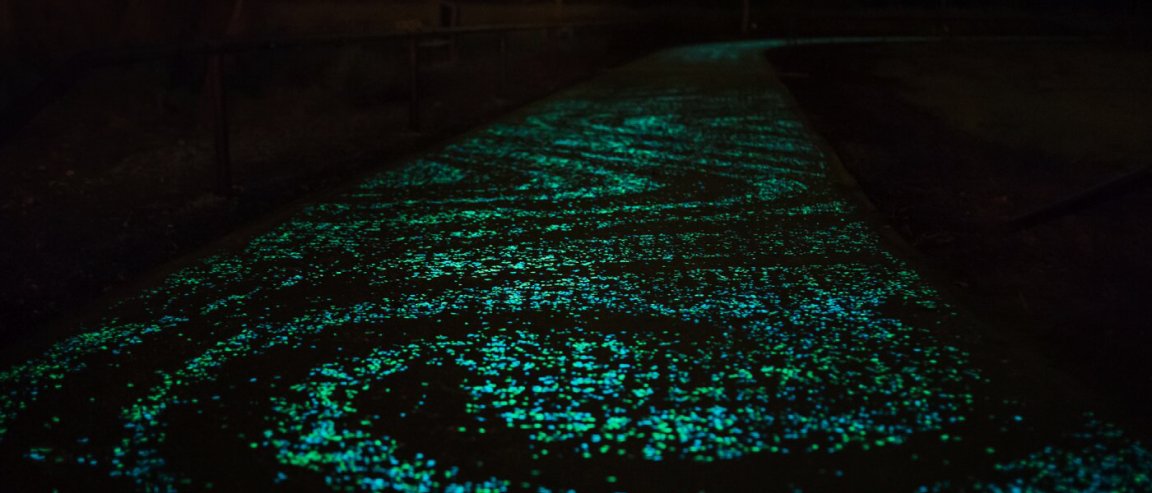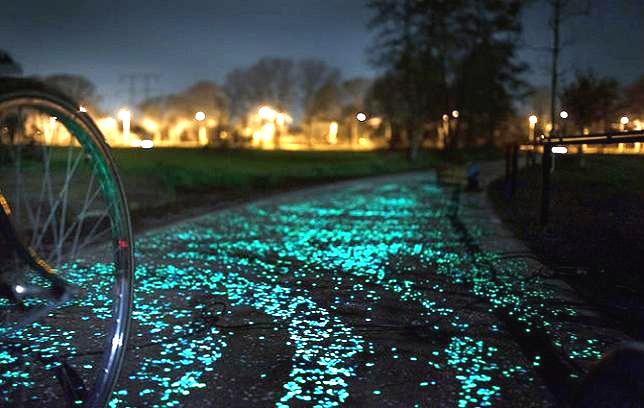
Researchers from the Michoacan University of San Nicolás de Hidalgo in Mexico have designed a new type of phosphorescent cement, one that could be used to illuminate pathways or buildings without using electricity.
Led by José Carlos Rubio Ávalos, the team took the raw materials used in cement, and with the addition of certain additives, they modified the optical properties of the cement, making it phosphorescent.

Phosphorescent materials work by absorbing energy from radiation, and later, they emit it as light, which can then be seen once it gets dark.
Scientific American outlines how the process works, “By using additives, scientists are able to prevent the formation of crystals that occur normally during the production of cement, creating a material with a noncrystalline structure—similar to glass—that allows passage of light inside. Varying the proportion of additives added while manufacturing the cement regulates both its luminescent intensity and color.”
The team asserts that the cement will be able to absorb enough energy to remain illuminated for up to 12 hours even when the day is cloudy. However, they note that its stability should be further studied, and that they also need to investigate how to repair it when it’s damaged.
Similar products were manufactured before. In the Netherlands, there is a bicycle lane inspired by van Gogh’s Starry Night made with phosphorescent stones. The path was developed by Daan Roosegaarde as a tribute to Vincent van Gogh.